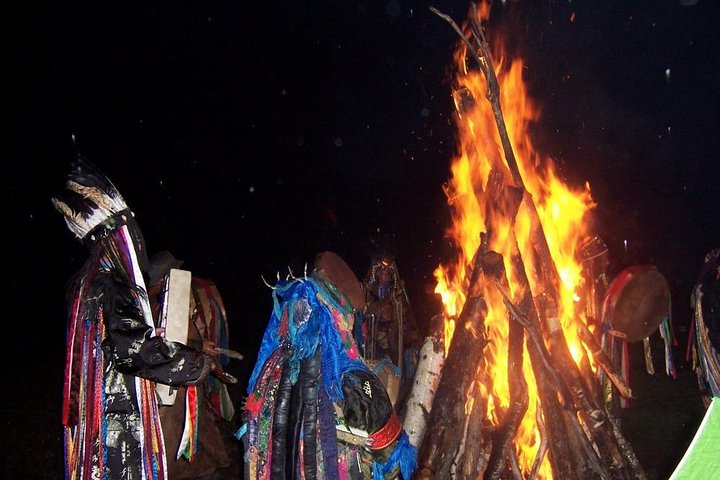Journey Through Mongolia: A Cultural Odyssey Across Deserts, Steppes, and Lakes
Drawn by the allure of Mongolia’s vast landscapes and rich history, I embarked on an 18-day journey through the Gobi Desert, the Mongolian steppe, and the serene lakes. Join me as I recount the breathtaking beauty and cultural depth of this unforgettable adventure.
The Call of the Gobi Desert
As I embarked on the 18-day journey through Mongolia, I was filled with anticipation and a sense of adventure. The Gobi Desert, with its vast expanse and rich history, was a place I had longed to explore. Our journey began in Ulaanbaatar, the bustling capital of Mongolia, where the modern world meets ancient traditions. The city itself is a fascinating blend of Soviet-era architecture and traditional Mongolian culture, a perfect starting point for our expedition.
Our first destination was the Baga Gazriin Chuluu, a rocky mountain range in the Gobi Desert. The granite formations here are a testament to the power of nature, shaped by the relentless forces of wind and time. As we hiked through this rugged landscape, I couldn’t help but feel a deep connection to the land and its history. The ruins of ancient temples and inscriptions on the rocks told stories of Buddhist monks and even Chinggis Khaan himself. It was a humbling experience to walk in the footsteps of such historical figures.
The Gobi Desert is not just a barren wasteland; it is a place of incredible beauty and diversity. From the towering sand dunes of Khongor to the legendary Flaming Cliffs, each location offered a unique glimpse into the natural wonders of Mongolia. The desert’s silence was profound, broken only by the occasional call of a distant bird or the whisper of the wind. It was a place that demanded mindfulness and respect, a reminder of the delicate balance between nature and humanity.
The Heart of Mongolia: Steppe and Lakes
Leaving the desert behind, we ventured into the heart of Mongolia, where the vast steppe stretched out before us like a sea of green. This was the land of the nomads, where herds of horses and yaks roamed freely, and the sky seemed to go on forever. The steppe is a place of simplicity and beauty, where life is lived in harmony with nature.
One of the highlights of this part of the journey was our visit to the Orkhon Valley, a UNESCO World Heritage site. The valley is steeped in history, with ancient ruins and petroglyphs that tell the story of Mongolia’s past. As we explored the valley, I was struck by the sense of continuity and tradition that permeates this land. The people here live much as they have for centuries, their lives intertwined with the rhythms of the natural world.
Our journey also took us to the Tsenkher hot springs, a place of relaxation and rejuvenation. Soaking in the warm waters, surrounded by the stunning landscape, was a moment of pure bliss. It was a reminder of the healing power of nature and the importance of taking time to connect with the world around us.
The Blue Pearl of Mongolia
The final leg of our journey brought us to Khuvsgul Lake, known as the Blue Pearl of Mongolia. This pristine lake, surrounded by mountains and forests, is a place of breathtaking beauty. The water is so clear that you can see the fish swimming beneath the surface, and the air is filled with the scent of pine and wildflowers.
Spending a day at leisure by the lake was a highlight of the trip. We had the option to go horse riding or hiking, but I chose to simply wander along the shore, taking in the sights and sounds of this magical place. The fields of edelweiss and other colorful flowers were a feast for the eyes, and the gentle lapping of the water against the shore was a soothing soundtrack to the day.
As our journey came to an end, I reflected on the incredible experiences we had shared. Mongolia is a land of contrasts, where ancient traditions and modern life coexist in harmony. It is a place that invites you to slow down, to be present, and to appreciate the beauty of the world around you. This journey through the Gobi Desert, the Mongolian steppe, and the lakes has left an indelible mark on my soul, and I am grateful for the opportunity to have experienced it.






















































